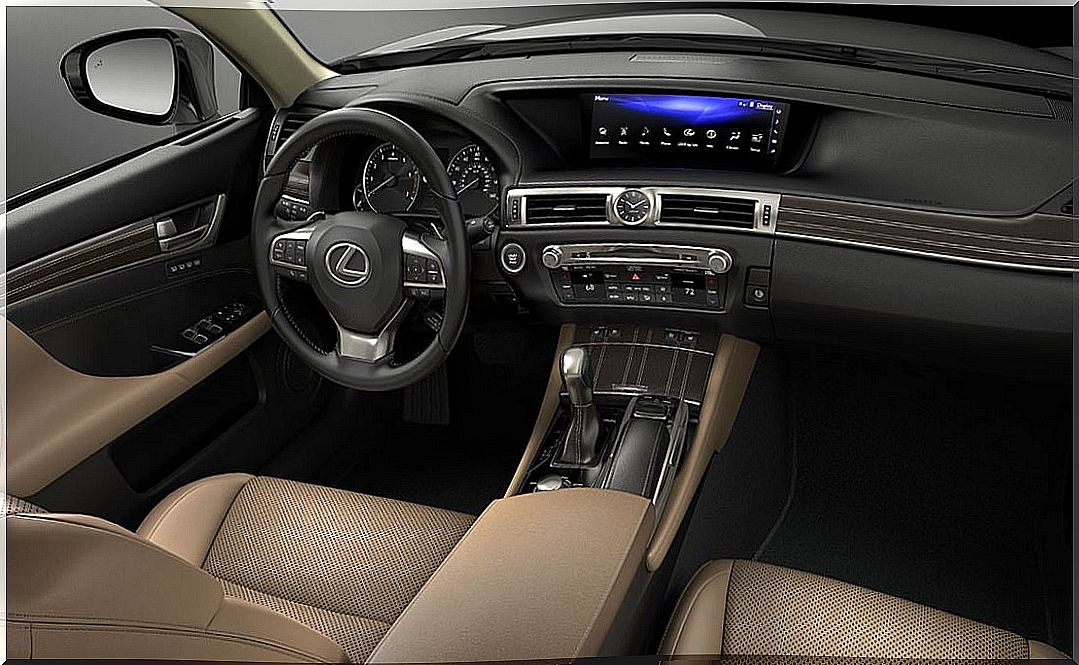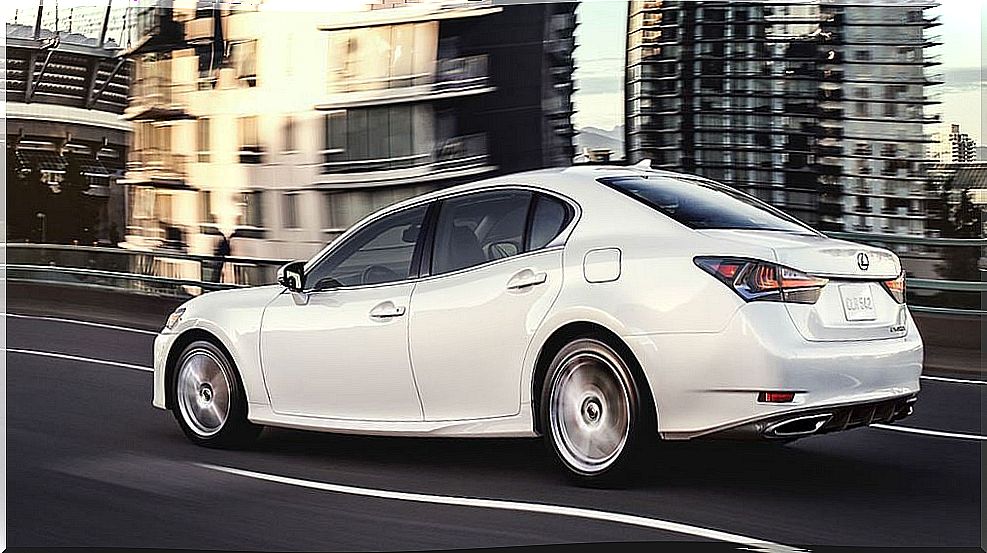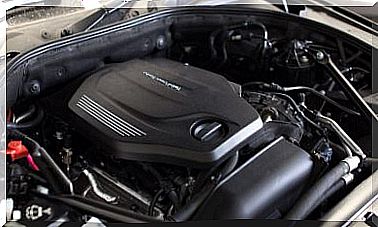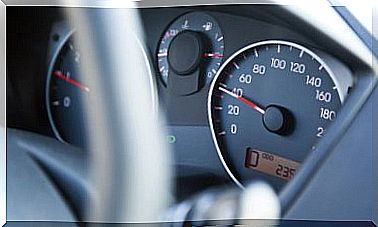Lexus GS: A High-efficiency Urban Saloon

The fourth generation of the Lexus GS adds new styling details without losing the philosophy of the Japanese brand. In addition, it offers great dynamism and improved maneuverability, together with a very low urban consumption.
The exterior design of the Lexus GS
The protagonists of the new version of the GS are the angles and edges. Lexus designers have paid special attention to the airflows that run across the surface of the vehicle. For this reason, these currents are conducted through narrow gaps between the panels that make up the exterior.
This design is completed with the addition of a large number of aerodynamic elements in the lower parts and stabilizing fins. With all this, a coefficient of aerodynamic resistance of 0.26 is achieved .
Thanks to this low value, which in other vehicles is usually higher than 0.30, less resistance to air is achieved. This lower resistance results in less power development required by the vehicle and, ultimately, lower consumption. At the rear, interesting details have been achieved, such as a design in the trunk that helps to guide the air flows. You can also see tail fins very close to the lights.
On the other hand, the front part incorporates the usual front grill, already present in many models of the brand, such as the RC, the NX or the CT. However, on the GS it presents a slight redesign that evolves and integrates into the front bumper. This new look provides a more aggressive appearance and efficiently directs the air towards the intake area of the engine.
Interior news
The new GS has more space for passengers in the cabin, which increases comfort in both the front and rear seats. The entire cabin has been designed with the driver in mind and enhancing the driving experience.
The instrument panel has been designed with horizontal lines to expand the sense of space inside. The pilot’s seat provides a high level of climatic comfort, with changes in its design to achieve a higher position.

The doors are also redesigned to increase ease of entering and exiting the vehicle. As for storage space, it has grown by 50%. In addition, access to the trunk has also been improved, with a wider and deeper loading opening. Of course, the rear seats cannot be folded down to expand the space due to the position of the batteries in the powertrain.
Inside the cabin of the GS you can enjoy the S-Flow air conditioning system. This detects the position of the occupants and channels the airflow only to the occupied seats. This technology makes a debut in the history of Lexus increases the efficiency of the air conditioning system and the comfort of the occupants. As for the materials, the seams are meticulously finished. This contributes to improving the aesthetics of the instrument panel, doors, steering wheel and gear lever.
Finally, the infotainment system incorporates a large 12.3-inch screen. The interface is operated with an eight-position joystick that gives access to navigation and the varied connectivity system, which includes USB, Bluetooth and Wi-Fi.
The efficient powertrain of the new GS
The powertrain of the Japanese hybrid stands out for its easy maintenance and high performance. The thermal part has a gasoline engine with four cylinders in line and Atkinson thermodynamic cycle. This has a volume of 2.5 liters and 16 valves. On the other hand, the two built-in electric motors greatly reduce the emissions of gases such as CO2 or dangerous NOx, as well as residual matter particles.
The combined power of the hybrid system is increased by the continuously variable electronic transmission, or E-CVT. Ultimately, the Lexus GS manages to achieve 220 hp of power at 6,000 rpm, in addition to a torque of 221 Nm between 4,200 and 5,400 rpm.

Finally, the average consumption can be set at 5.9 liters per 100 km. This value is the usual one for driving on roads and highways, and is slightly higher compared to other competitive vehicles. However, city driving is where you can see the savings that Lexus highlights in its new GS. In this environment, the usual consumption does not reach 6 liters per 100 km, which does stand out compared to other models.
GS prices
The price range of this Japanese design saloon can be found on the official Lexus website for a base price of 44,700 euros. Depending on the finish chosen and the equipment the customer wants, this amount can increase to over 120,000 euros.
The GS is a premium saloon model with attractive equipment and a new and very neat aesthetic. In addition, its good mechanics and its low consumption in the urban environment make the Lexus GS a very interesting option.









